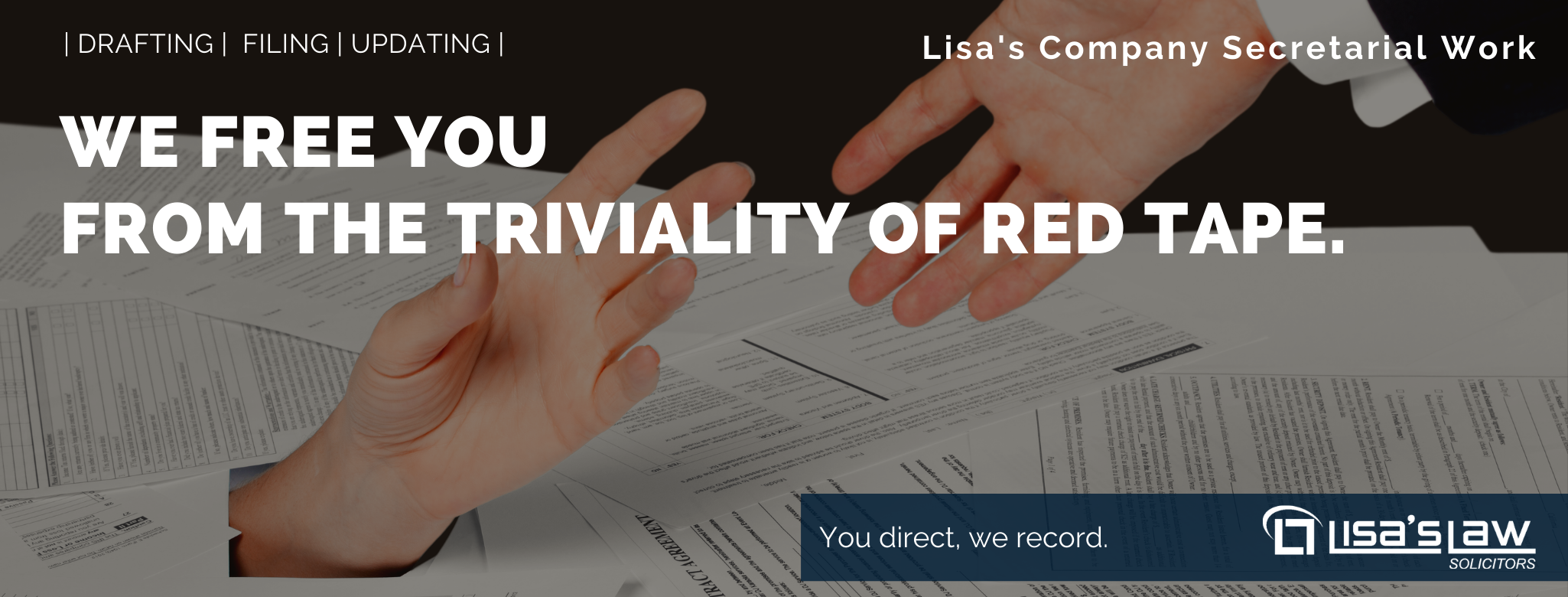Case concerned:
Joanne Properties Ltd v Moneything Capital Ltd [2020] EWCA Civ 1541[1]
The Case Background
This case concerns a claim brought by Joanne Properties Ltd (‘JPL’) in the Queen’s Bench Division due to a dispute of a financial arrangement between the parties. JPL was the owner of a building in London (the ‘Property’). It took a loan from Moneything Capital Ltd (‘MC’) which was secured by a legal charge over the Property. In the proceeding, as an interim measure, parties agreed for the Property to be sold and a ring-fenced amount (£140,000) was agreed to be decided for payments to each party, terms to be agreed.
The Negotiation
The parties subsequently entered into negotiation via solicitors for the division of the ring-fenced sum.
Lord Justice Lewison’s judgement made a summarised record of the negotiation in question, which precisely highlighted and pinpointed parties’ usage of wording of “subject to contract”, and “without prejudice save as to costs” for the quasi-Part 36 offer made[2]:
- Mr Irvine[3] introduced the “subject to contract” label as early as his e-mail to Mr Goldberg[4] of 29 May 2019. In the course of a telephone call between himself and Mr Goldberg on 13 June, Mr Irvine put forward a different offer “without prejudice and subject to contract”. Mr Goldberg relayed this offer to his client, expressly referring to the fact that it had been made “subject to contract”.
- On 19 June 2019 Mr Irvine made a more formal written offer headed “without prejudice save as to costs”. It was not headed “subject to contract”. Although it is (now) common ground that that offer was not compliant with CPR Part 36, it was interpreted at the time by both Mr Irvine and Mr Goldberg as though it was. It was clearly intended to be capable of acceptance. But it was not accepted; and Mr Goldberg’s subsequent proposal of 21 June was again headed “without prejudice and subject to contract”. His improved offer of 26 June was headed in the same way. Mr Irvine and Mr Goldberg spoke on 11 July. In that conversation Mr Goldberg proposed that £72,000 of the ring-fenced sum would be released to Moneything. Mr Irvine’s attendance note recorded:
“David [Goldberg] confirmed that this was a firm offer with instructions from [Joanne] to make to [Moneything] and if accepted, that was the matter concluded, save that we still had to work out the mechanics of how the funds got released from the ring fenced sums.”
- On 11 July 2019 Mr Irvine emailed Mr Goldberg. The email was headed “without prejudice and subject to contract.” He said that his clients would accept £75,000 from the ring-fenced sum; “mechanics and terms to be agreed.” Since Mr Irvine had proposed the release of £75,000 rather than £72,000, that was clearly a counter-offer rather than an acceptance of Mr Goldberg’s proposal. Mr Goldberg replied later in the day. The subject line of the e-mail also read “without prejudice and subject to contract”. The first word of the e-mail was “Agreed.” He said that counsel was away and that he would liaise with counsel and “put a proposal to you to achieve the desired end.”
- Later in the month, Joanne changed solicitors. The solicitor now representing it was Mr Smith. On 24 July 2019 Mr Irvine wrote to Mr Smith. His letter was again headed “subject to contract;” this time in upper case bold font. The letter said:
“We trust that your instructions accord with our understanding that the claim has been settled on terms…”
and he enclosed a consent order to dispose of the proceedings. The draft consent order contained a number of terms that had not previously been discussed. He explained that it was in Word format so that tracked changes could be made.
- On 9 August Mr Irvine e-mailed Mr Smith to ask if he had any comments on the draft order; and followed it up with a letter on 13 August. The letter said that unless the draft consent order was agreed by 20 August, Moneything would apply to the court for an order in those terms. The application was duly issued and served on 30 September 2019. That prompted the reply from Mr Smith that there had been no binding settlement because the negotiations had been conducted “subject to contract”.
The High Court as the first instance court concluded that the parties reached settlement. JPL appealed to the Court of Appeal.
The CA’s Consideration
Three Judges heard the case in the Court of Appeal where they unanimously upheld the appeal and overturned the first instance judgment.
Subject to contract
The Judges examined the authorities on the meaning of the phrase ‘subject to contract’. In Lewison LJ’s judgement, he gave a few examples of the effect of the phrase “subject to contract”, quoting Lord Denning MR in Tiverton Estates Ltd v Wearwell [1975] Ch 146, 159:
‘It is everyday practice for a solicitor, who is instructed in a sale of land, to start the correspondence with a letter “subject to contract” setting out the terms or enclosing a draft. He does it in the confidence that it protects his client. It means that the client is not bound by what has taken place in conversation. The reason is that, for over a hundred years, the courts have held that the effect of the words “subject to contract” is that the matter remains in negotiation until a formal contract is executed.’[5]
In inspecting Sherbrooke v Dipple (1981) 41 P & CR 173, the judgement again quoted Lord Denning’s explanation: Everything in the opening letter was “subject to contract.” All the subsequent negotiations were subject to that overriding initial condition. Further in Sherbrooke, the CA had approved the proposition previously formulated in Tevanan v Norman Brett (Builders) Ltd[6], in which was held that: parties could get rid of the qualification of ‘subject to contract’ only if they both expressly agreed that it should be expunged or if such an agreement was to be necessarily implied.
Lewison LJ emphasised the distinction between whether an agreement has been reached “subject to contract”and whether the parties have merely reached an incomplete agreement, in which case would be a different question.
In this case, the CA held that in this negotiation for settlement, the consent order is equivalent of the final contract, and that the qualification of “subject to contract” had not been expunged by agreement in the course of parties’ negotiation either expressively or impliedly.
Part 36 Offer[7] – Without Prejudice Negotiation
Lewison LJ in his judgement distinguished Part 36 offer in litigation, from usual offer in law of contract:
‘an offer of contract which is rejected (either expressly or by the making of a counter-offer) cannot subsequently be accepted. That is not true of a Part 36 offer, which may be accepted even after the offeree has put forward a different proposal: Gibbon v Manchester City Council [2010] EWCA Civ 726, [2010] 1 WLR 2081.[8]…..
The Part 36 offer is, in effect, a free-standing offer. It is not a legitimate inference that the making of such an offer recalibrates attempts to compromise a dispute which are taking place in parallel.’[9]
Part 36.9 of the CPR refers to the way Part 36 offer works differently than contractual offer:
‘Withdrawing or changing the terms of a Part 36 offer generally 36.9
(1) A Part 36 offer can only be withdrawn, or its terms changed, if the offeree has not previously served notice of acceptance.
(2) The offeror withdraws the offer or changes its terms by serving written notice of the withdrawal or change of terms on the offeree
(3) Subject to rule 36.10, such notice of withdrawal or change of terms takes effect when it is served on the offeree.
(4) Subject to paragraph (1), after expiry of the relevant period—
(a) the offeror may withdraw the offer or change its terms without the permission of the court; or
(b) the offer may be automatically withdrawn in accordance with its terms.
(5) Where the offeror changes the terms of a Part 36 offer to make it more advantageous to the offeree—
(a) such improved offer shall be treated, not as the withdrawal of the original offer; but as the making of a new Part 36 offer on the improved terms.
The Judgement and what to take away
The Court of Appeal overturned the first instance judgement, and held that, during the course of negotiation, the parties had not removed the “subject to contract” umbrella; and that as the party refused to sign the consent order, there was no bidding settlement reached. The appeal was allowed.
As mentioned above, the judgement inspected in-depth the Part 36 offer and the contractual negotiation, concluding that these negotiations can be proceeded in parallel.
Notably, the CA took into account of parties’ post-agreement conduct in the judgement, without ruling on whether post-agreement conduct shall be considered of determining factor on reaching of settlement.
The case serves a useful reminder for legal practitioners to label the relevant communications properly “eg. Subject to contract”, when in working process of negotiation of contract/agreement in both informal and formal settings.
Where the negotiation takes place in the context of settling a dispute, it may be appropriate to mark the communication “without prejudice”.
By applying such good practices, practitioners effectively inform the other party the nature of the communication, thus prompt appropriate approach. Further, these practices may assist court in the event a dispute arises in relation to it.
Have questions? We are operating as usual!
We are ready to provide you with a fantastic legal service and there are many ways for you to contact us!
Call us on 020 7928 0276, phone calls are operating as usual and will be taking calls from 9:30am to 6:00pm.
Email us on info@lisaslaw.co.uk.
Use the Ask Lisa function on our website. Simply enter your details and leave a message, we will get right back to you: https://lisaslaw.co.uk/ask-question/
Or, download our free app! You can launch an enquiry, scan over documents, check progress on your case and much more!
Links to download below:
iPhone: https://apps.apple.com/us/app/lisas-law/id1503174541?ls=1
Android: https://play.google.com/store/apps/details?id=com.lisaslaw
[1] For full Judgement see https://www.bailii.org/ew/cases/EWCA/Civ/2020/1541.html
[2] n1(this part of the judgement is quoted fully due to intertwined usage of the two phrases in the timeline)
[3] Solicitor for MC
[4] Solicitor for JPL initially
[5] n1 Judgement
[6] (1972) 223 EG 1945
[7] https://www.justice.gov.uk/courts/procedure-rules/civil/rules/part36
[8] For full Judgement see https://www.bailii.org/ew/cases/EWCA/Civ/2010/726.html
[9] N1









